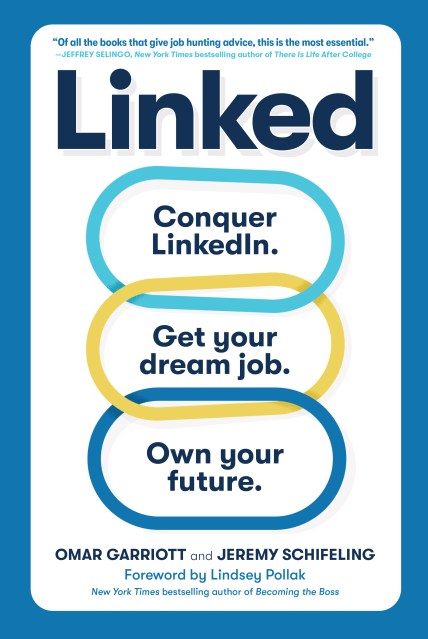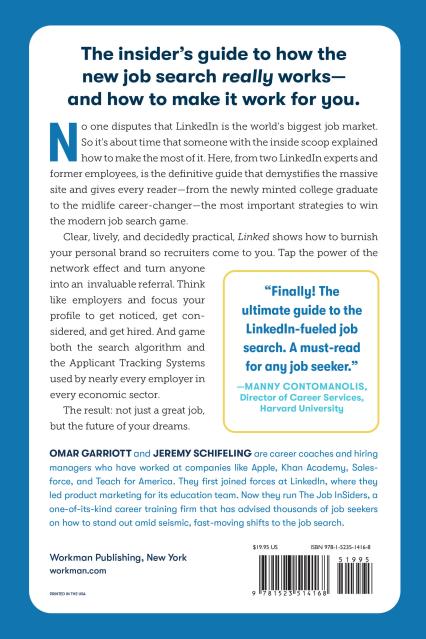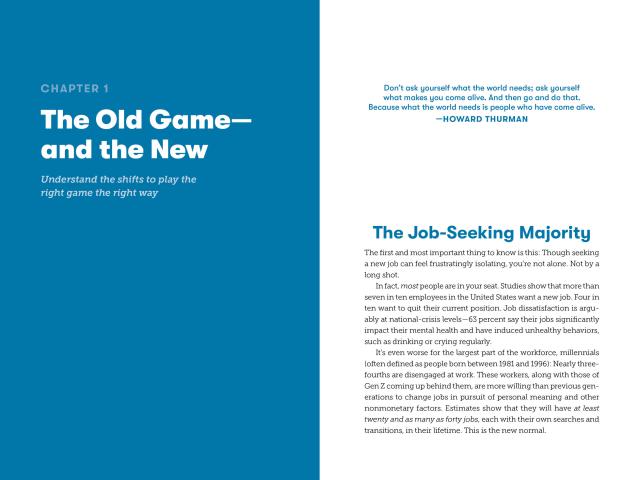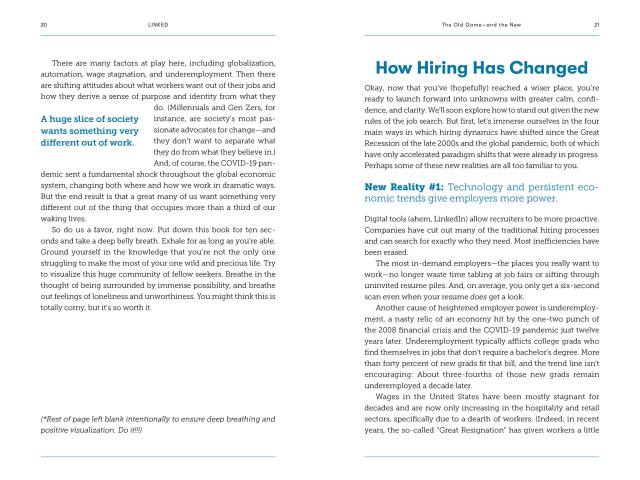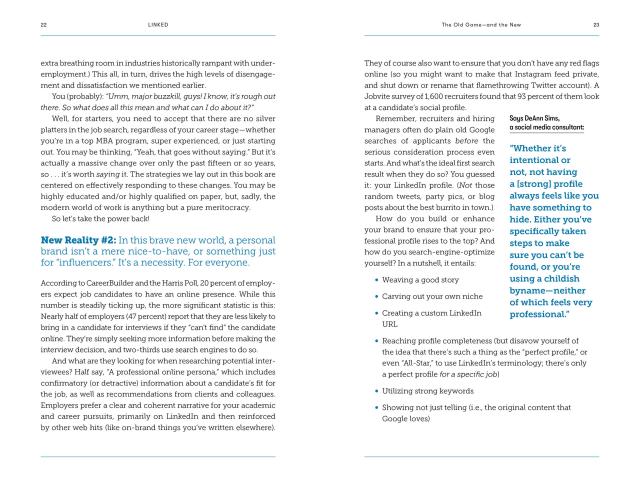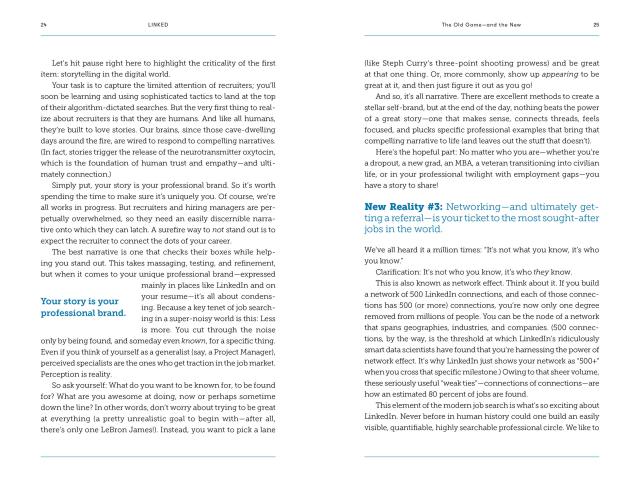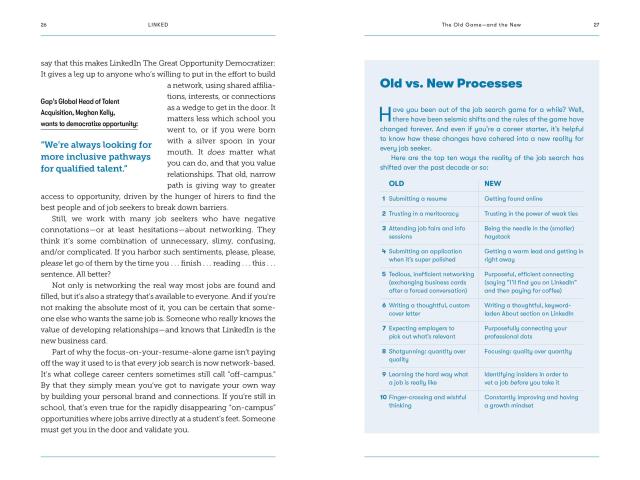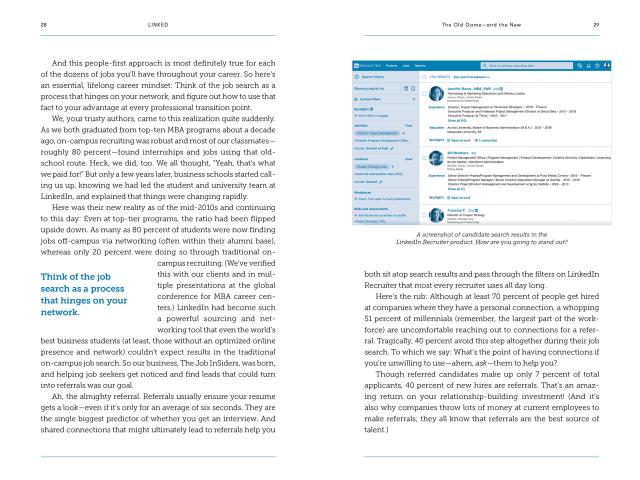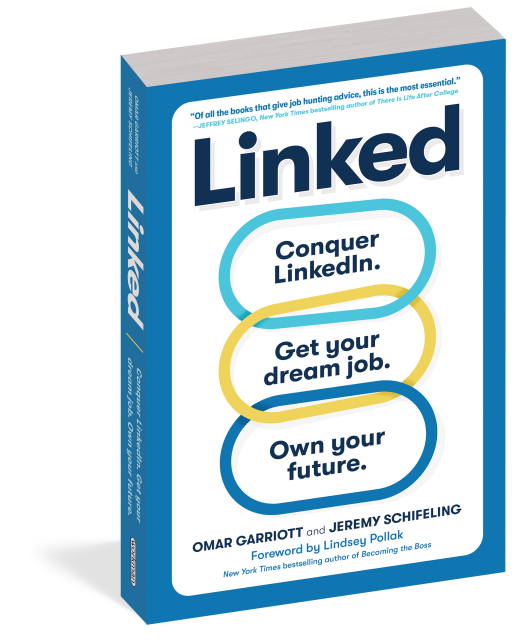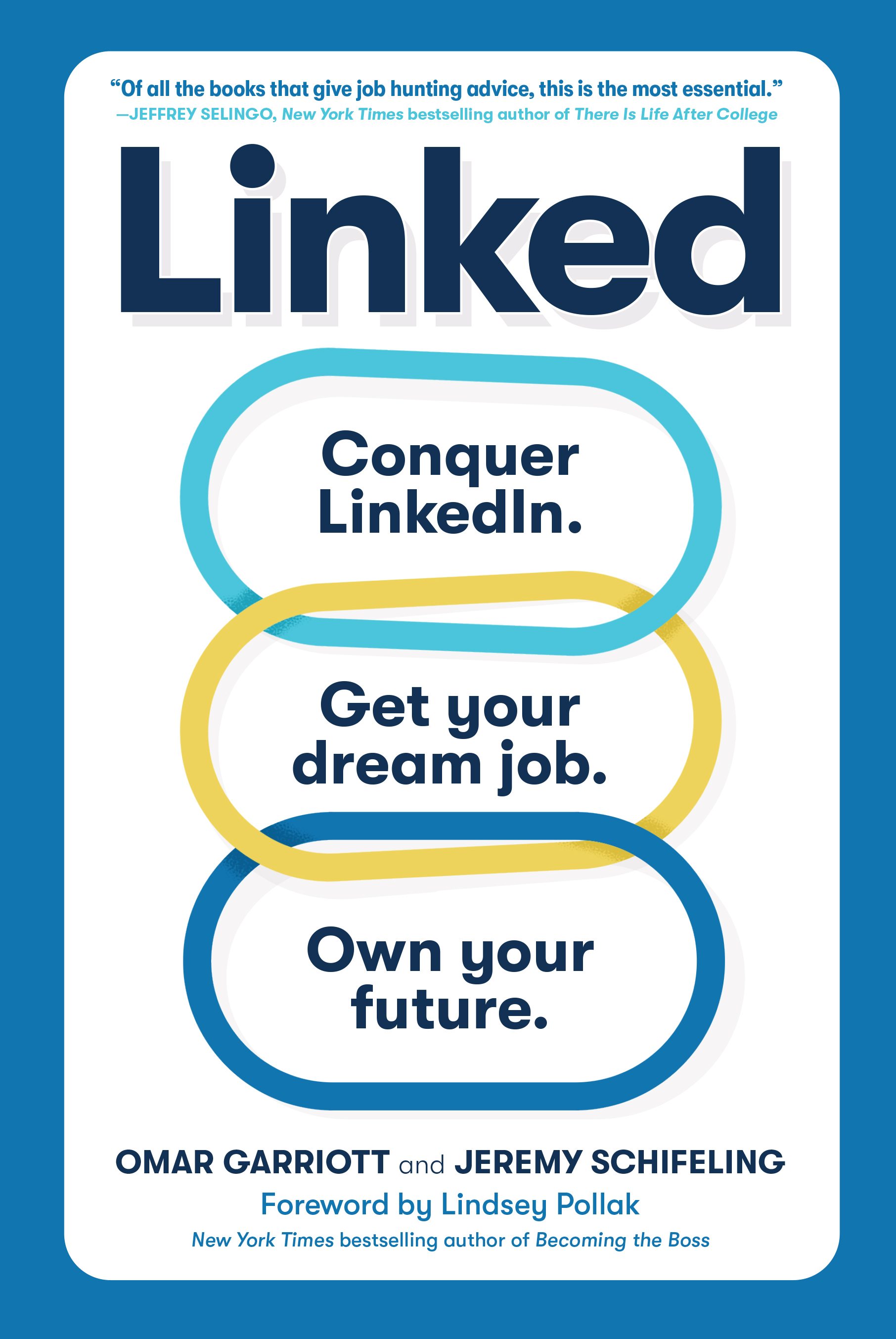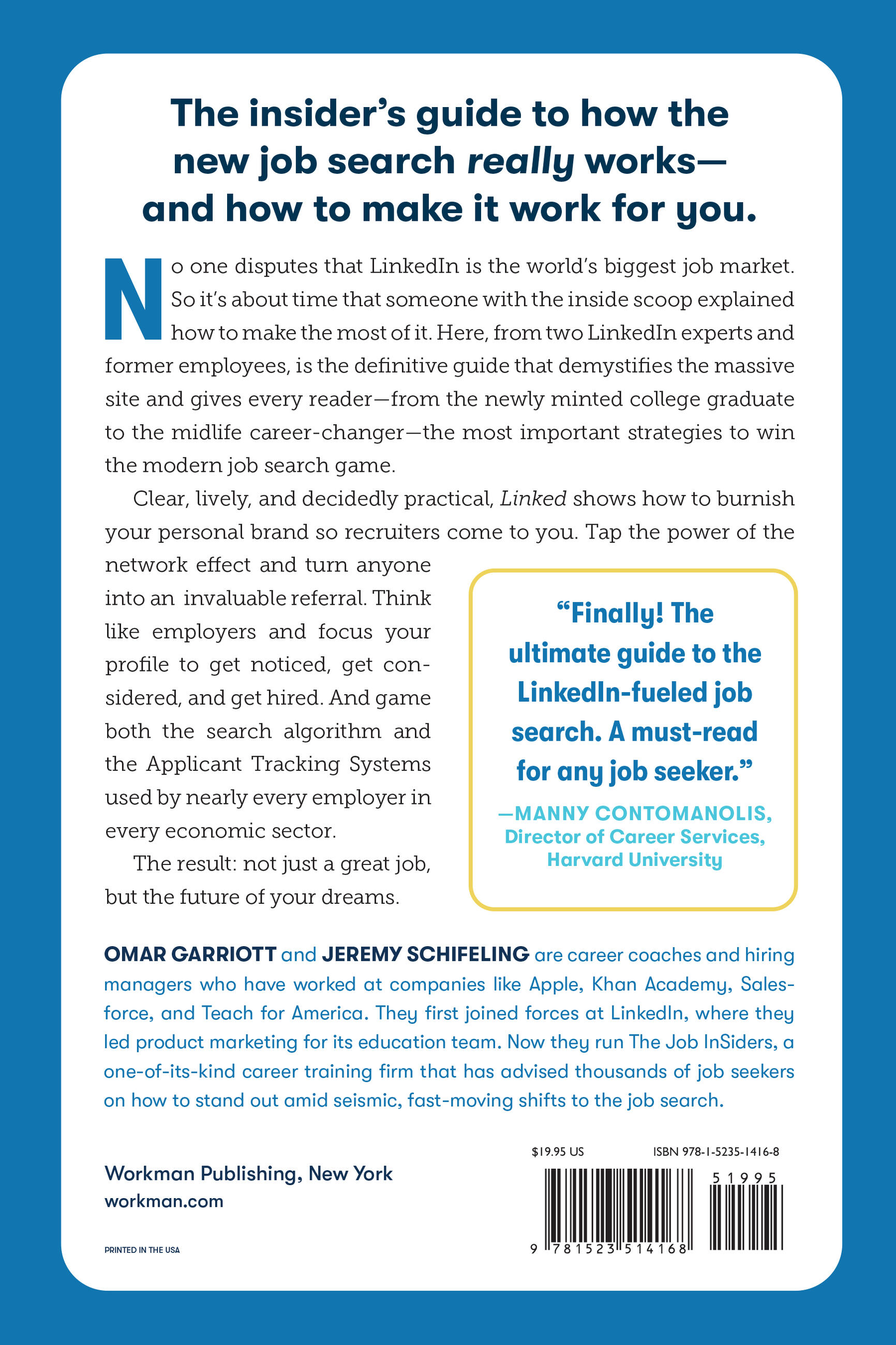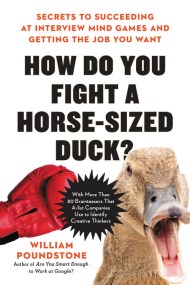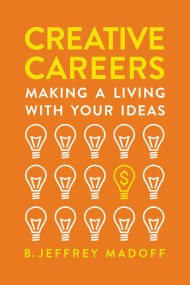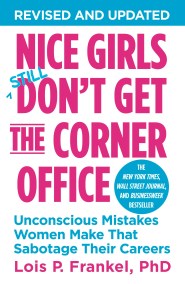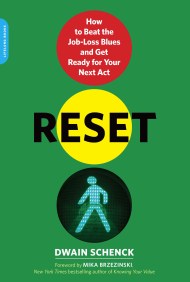Promotion
Shop now and save 20% on your back-to-school purchases & get free shipping on orders $45+ Use code: SCHOOL24
Linked
Conquer LinkedIn. Get Your Dream Job. Own Your Future.
Contributors
By Jeremy Schifeling
Foreword by Lindsey Pollak
Formats and Prices
Price
$19.95Price
$24.95 CADFormat
Format:
- Trade Paperback $19.95 $24.95 CAD
- ebook $9.99 $12.99 CAD
- Audiobook Download (Unabridged) $24.95
This item is a preorder. Your payment method will be charged immediately, and the product is expected to ship on or around May 3, 2022. This date is subject to change due to shipping delays beyond our control.
Also available from:
No one disputes that LinkedIn is the world’s biggest job market. So it’s about time that someone with the inside scoop explained how to make the most of it. Here, from two LinkedIn experts and former employees, is the definitive guide that demystifies the massive site and gives every reader—from the newly minted college graduate to the midlife career-changer—the most important strategies to win the modern job search game.
Clear, lively, and decidedly practical, Linked shows how to burnish your personal brand so recruiters come to you. Tap the power of the network effect and turn anyone into an invaluable referral. Think like employers and focus your profile to get noticed, get considered, and get hired. And game both the search algorithm and Applicant Tracking Systems used by nearly every employer in every economic sector.
The result: not just a great job, but the future of your dreams.
-
“Of all the books that give job hunting advice, this is the most essential.”
—Jeffrey Selingo, New York Times bestselling author of There Is Life After College
“One of the best things you can do to secure a prosperous future is proactively manage your career. This book shows you how.”
—Farnoosh Torabi, financial author and host of the So Money podcast
“Finally! The ultimate guide to the LinkedIn-fueled job search. A must-read for any job seeker.”
—Manny Contomanolis, Director of Career Services, Harvard University
“Unparalleled insights on the job search and a down-to-earth approach that makes even the hardest of steps seem easy. Invaluable as recruiters now only use LinkedIn to connect to candidates."
—Jennifer Bridge, Sr. Director of MBA program, UC-Berkeley Haas
- On Sale
- May 3, 2022
- Page Count
- 320 pages
- Publisher
- Workman Publishing Company
- ISBN-13
- 9781523514168
Newsletter Signup
By clicking ‘Sign Up,’ I acknowledge that I have read and agree to Hachette Book Group’s Privacy Policy and Terms of Use
